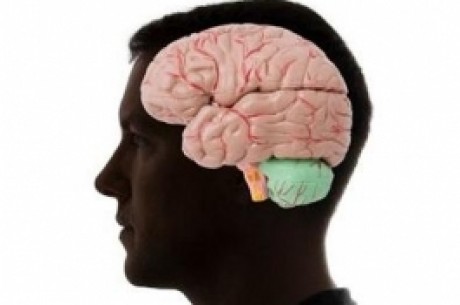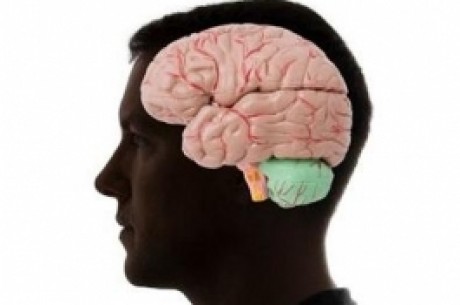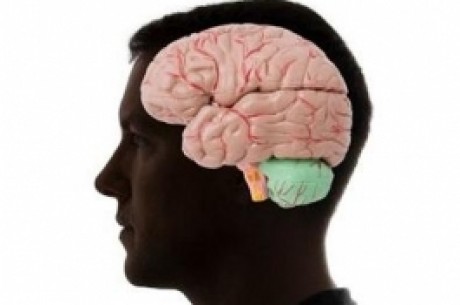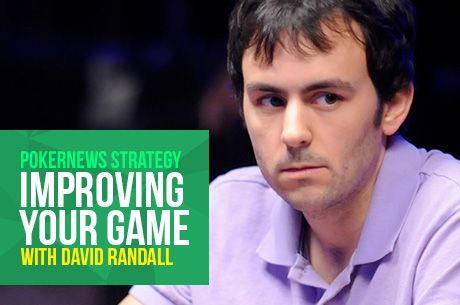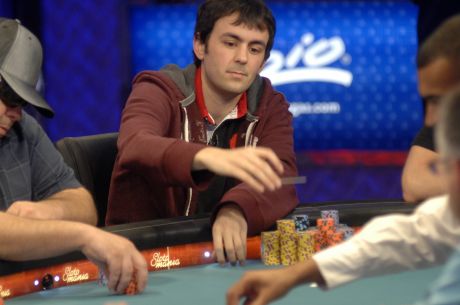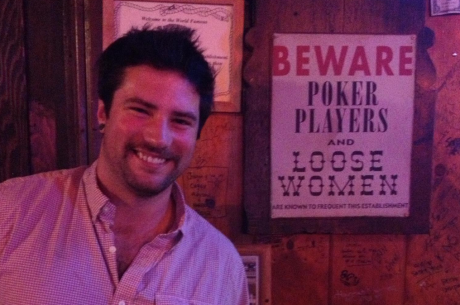Poker Shrink Vol. 67: The Hawthorne Effect
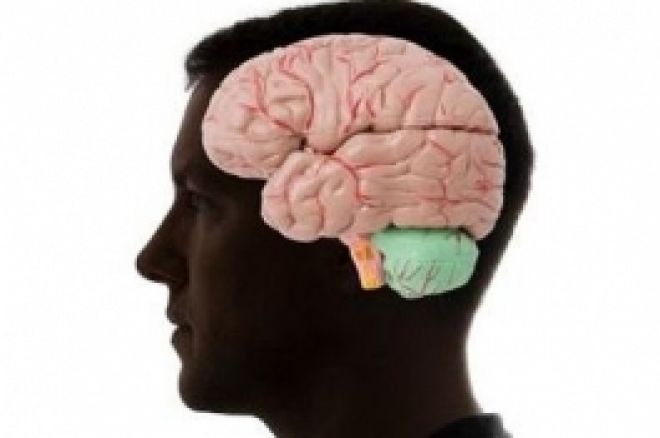
The Hawthorne Effect describes an actual mistake discovered by some researchers. The original study was attempting to discover the relationship between worker productivity and working environment. The first variable introduced was lighting. The question was: would better lighting mean higher worker output, and then would poorer levels of lighting reduce worker output?
At first the data was all over the board, there was higher productivity with less light and then more with more light and then even more with normal lighting. It began to seem like lighting made no difference, yet the worker productivity was up and then down based on something else, or was it nothing at all? This sort of information is not uncommon in research settings because researchers have not controlled for all of the elements in the environment.
At some point one of the junior assistant researchers noticed that the productivity levels of the workers went up when the researchers were observing them. It didn��t matter what the level of lighting was, it was the attention of the researcher �� even the mere presence of the researcher �� that was affecting the productivity of the workers. Hence, we have the Hawthorne Effect, which is defined as changes in behavior by test participants related to the attention they are receiving from the researchers.
Clearly the Hawthorne Effect can screw up a lot of good research, so you have to control for it, minimize it, and generally get the researcher out of the way. But the Hawthorne Effect also demonstrates that we can affect how others react to situations by putting ourselves into their environment and basically stealing the motivation. We can make ourselves the motivator or the instrument of change.
I am reminded of the phrase: If you do nothing else with your life, you can at the very least be a bad example. So for our poker example of the Hawthorne Effect, we turned to the perennial bad boy of poker: Phil Hellmuth.
How many times have you seen this? Phil raises a pot and gets reraised. Doesn��t matter if Phil folds now or whether he folds after the flop when the other player bets out. He folds. But as he folds, Phil will say something to the effect of: Just keep doing that, coming after me, stealing my raises. Just keep doing that and I will trap you. I will get that big hand and your will throw out another of your stealing raises and I will set the big trap and take all of your chips. Just keep doing what you are doing.
What just happened here? Well, the correlation should have been: Phil will back down to a reraise or Phil will fold to pressure. But the correlation has now become: you made a mistake playing back at Phil, if you do it again, it will cost you all your chips. The presence of Phil (and his mouth) has altered the facts as they actually played out. Phil lost that hand, the other player did indeed get him to lay his hand down and that was that. But it wasn��t.
An outside influence has entered the scene and changed the results. Phil��s antics are now more important to the game than what actually happened in the hand. This actually is great poker strategy on Phil��s part. He has benefited from a lost hand. He has changed the results of the research in his favor. Maybe they should change the name from the Hawthorne Effect to the Hellmuth Effect. The problem is, if you asked poker players to define the Hellmuth Effect, you would get a hundred different answers and most of them wouldn��t be printable here.
The Hawthorne Effect is a change in behavior based solely on the attention someone else shows for the subject. You can change the perception of what really goes on in a poker game by being involved in the game and making your presence more of an influence than the actual play at the table.

